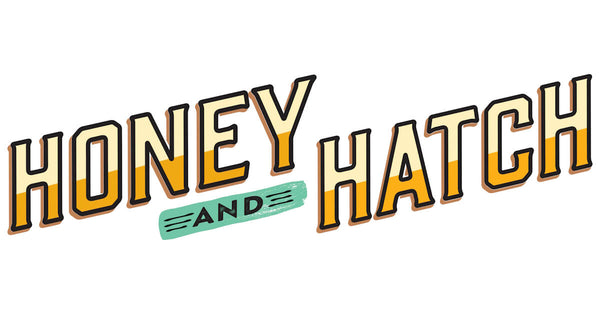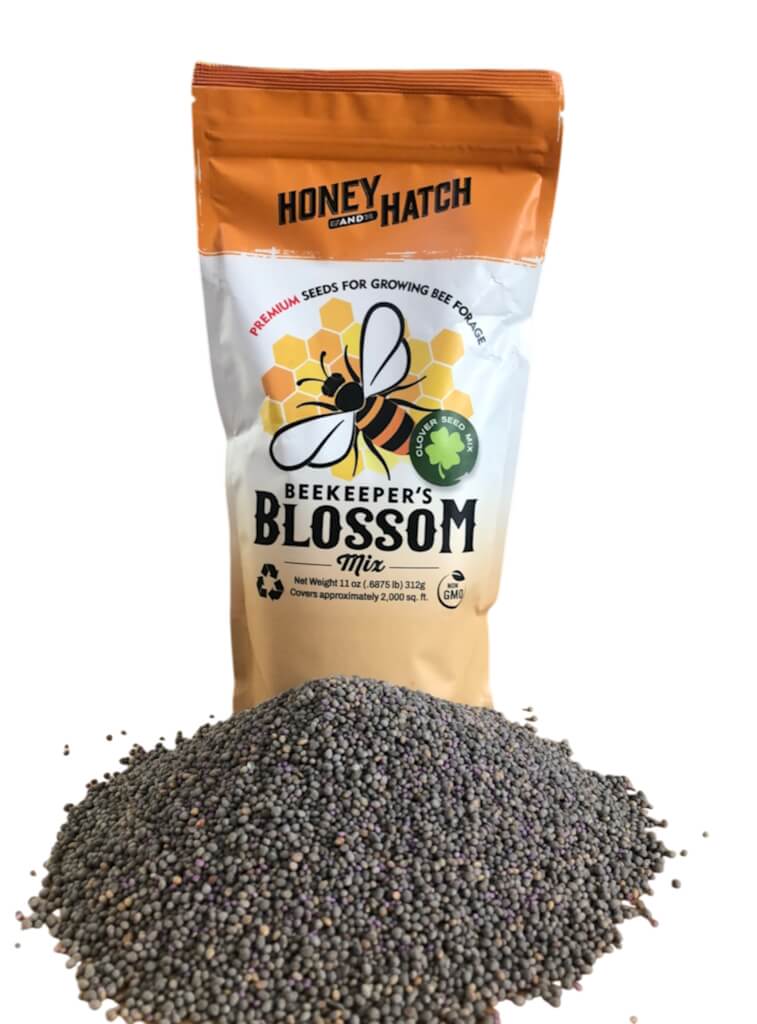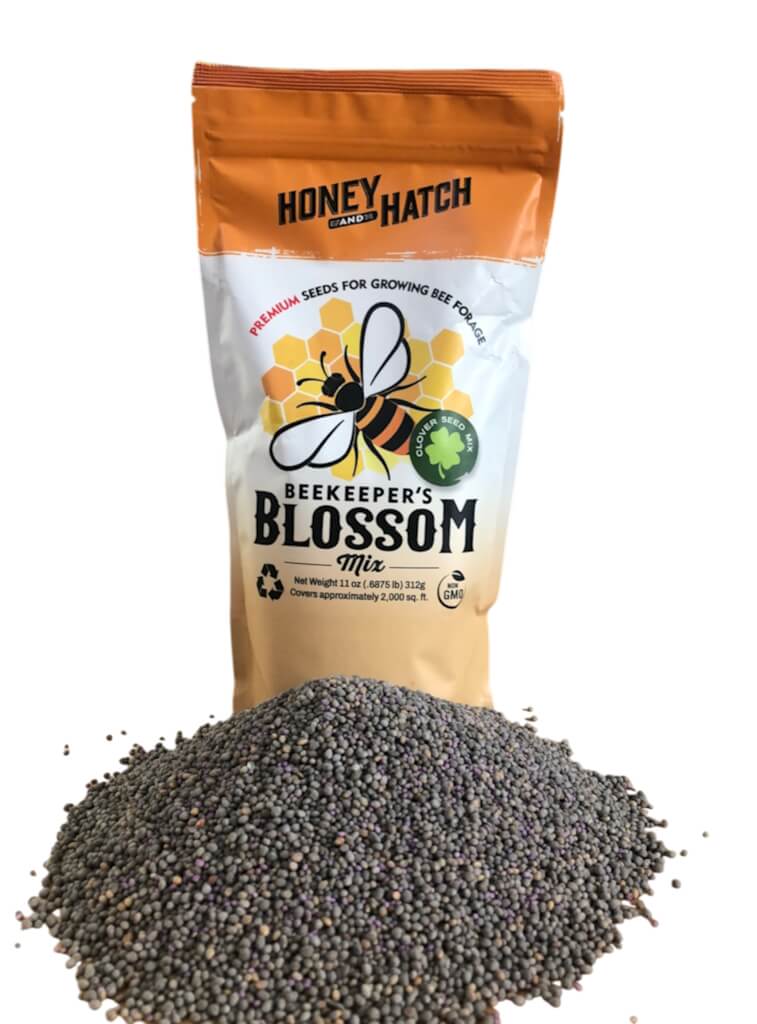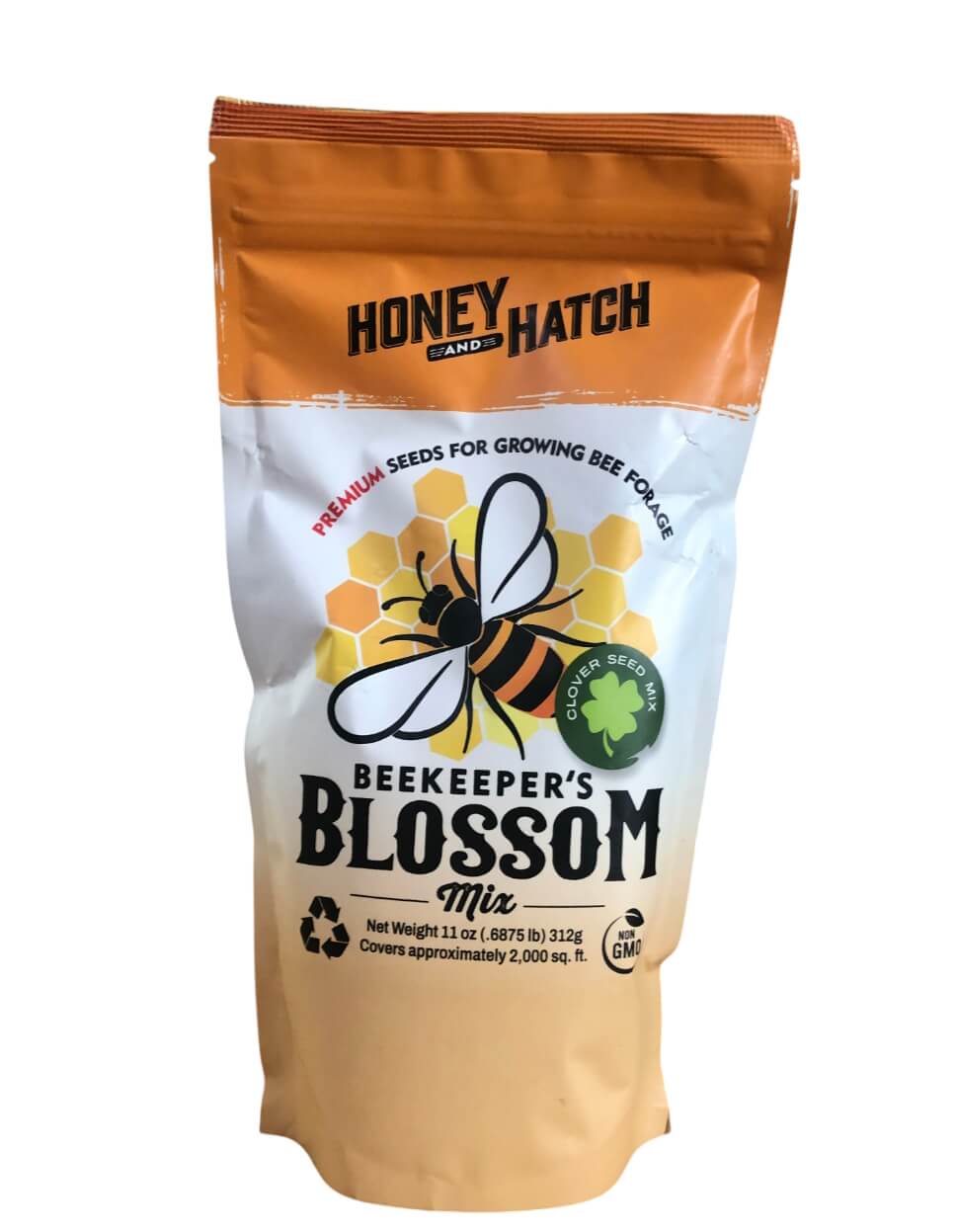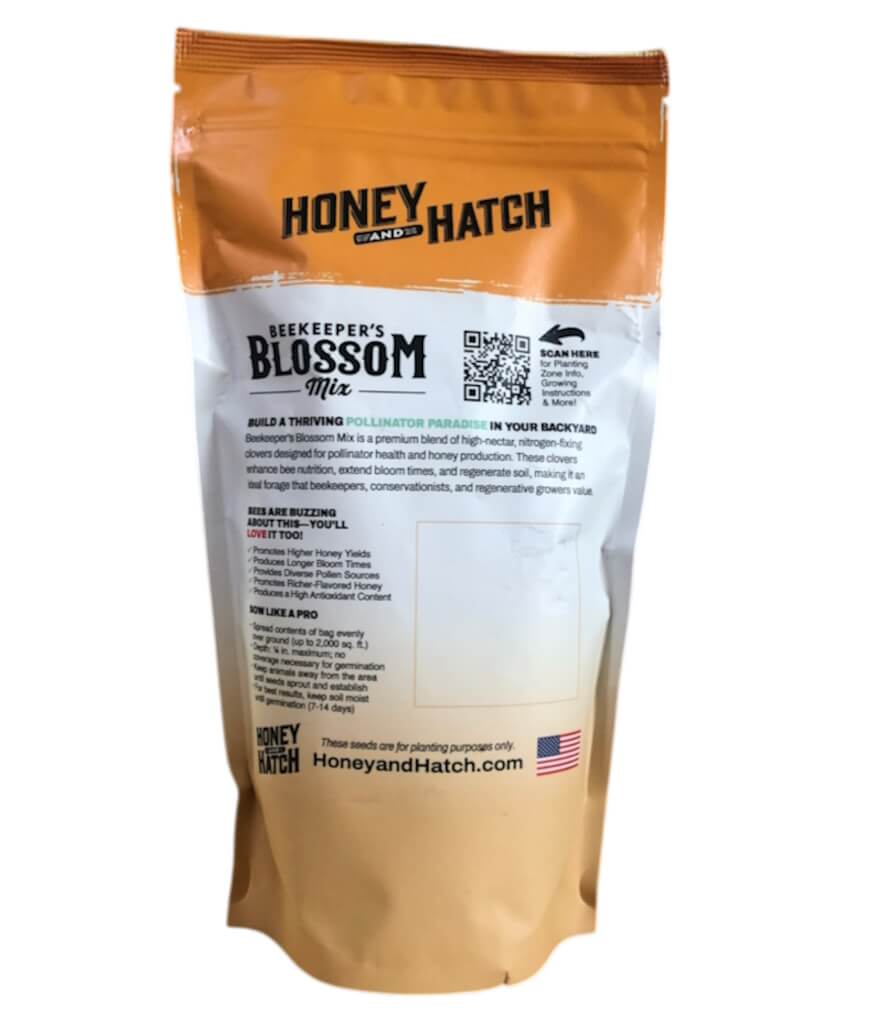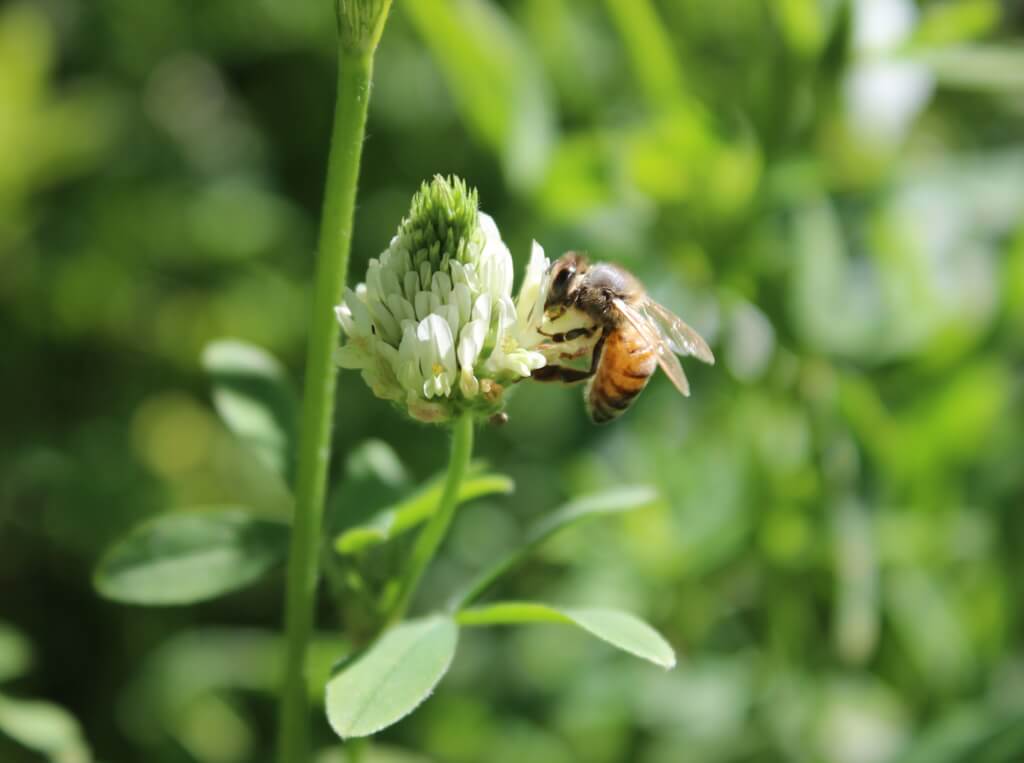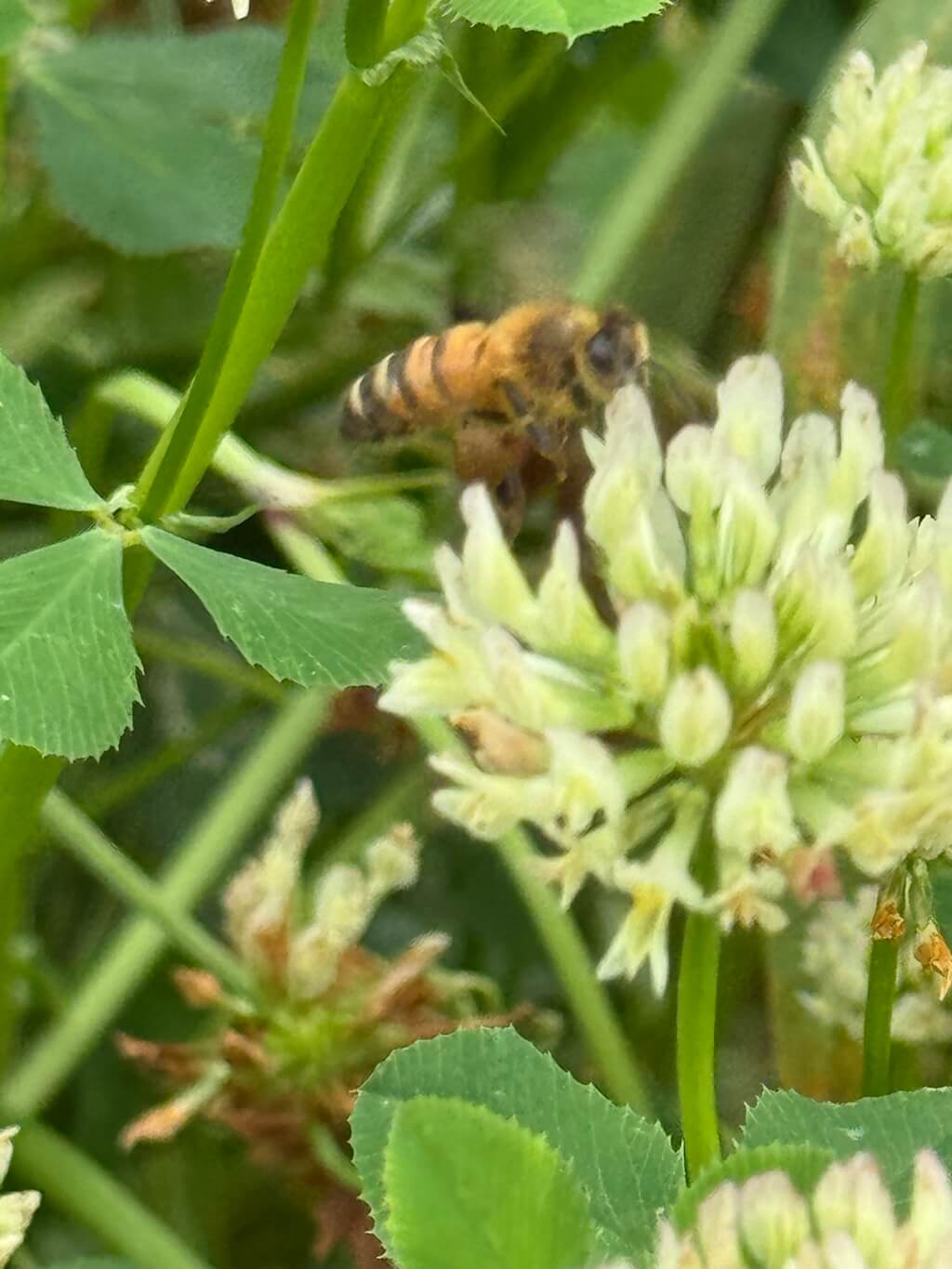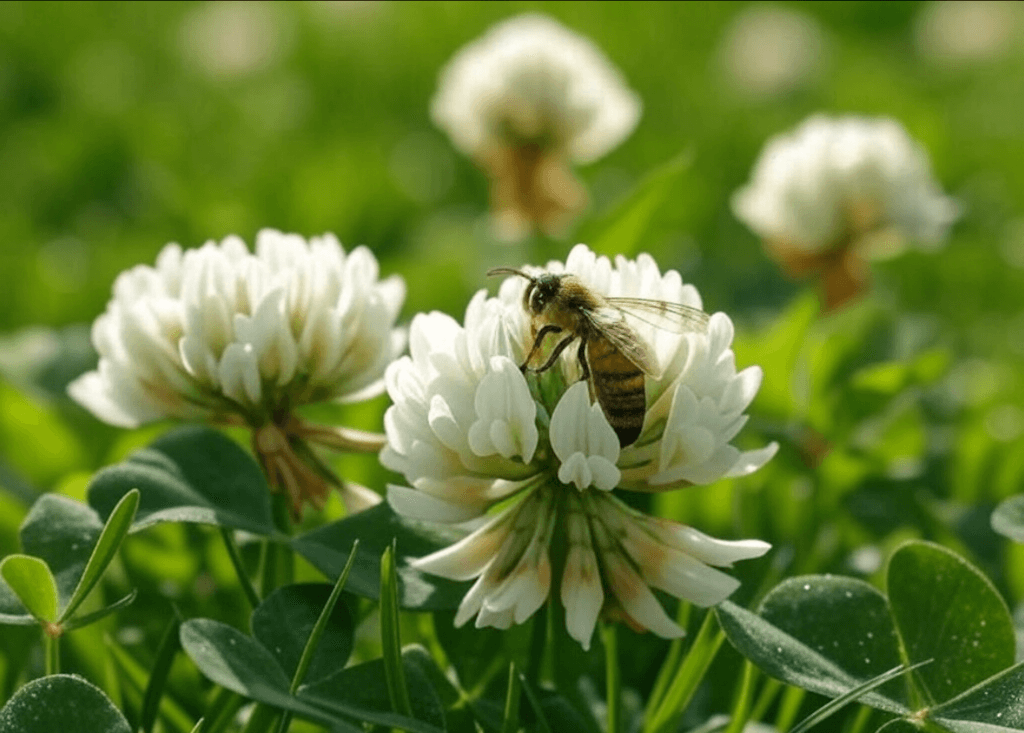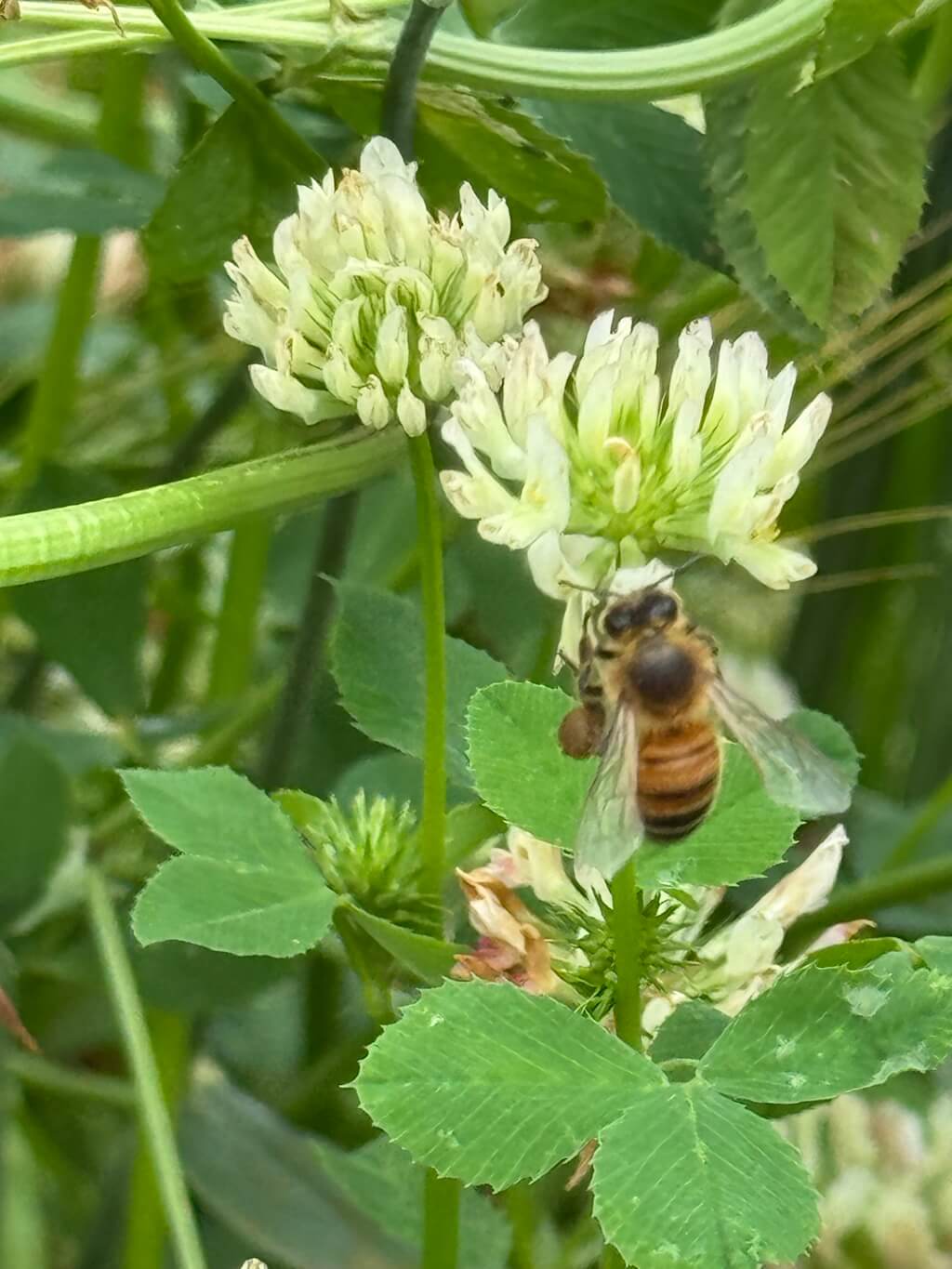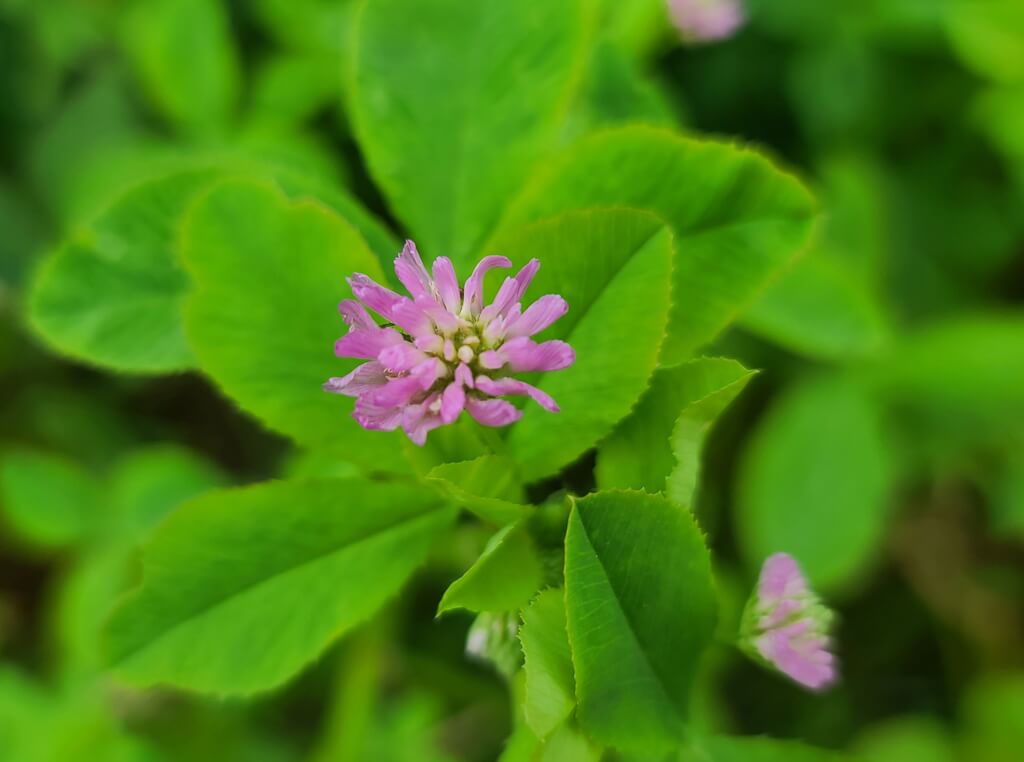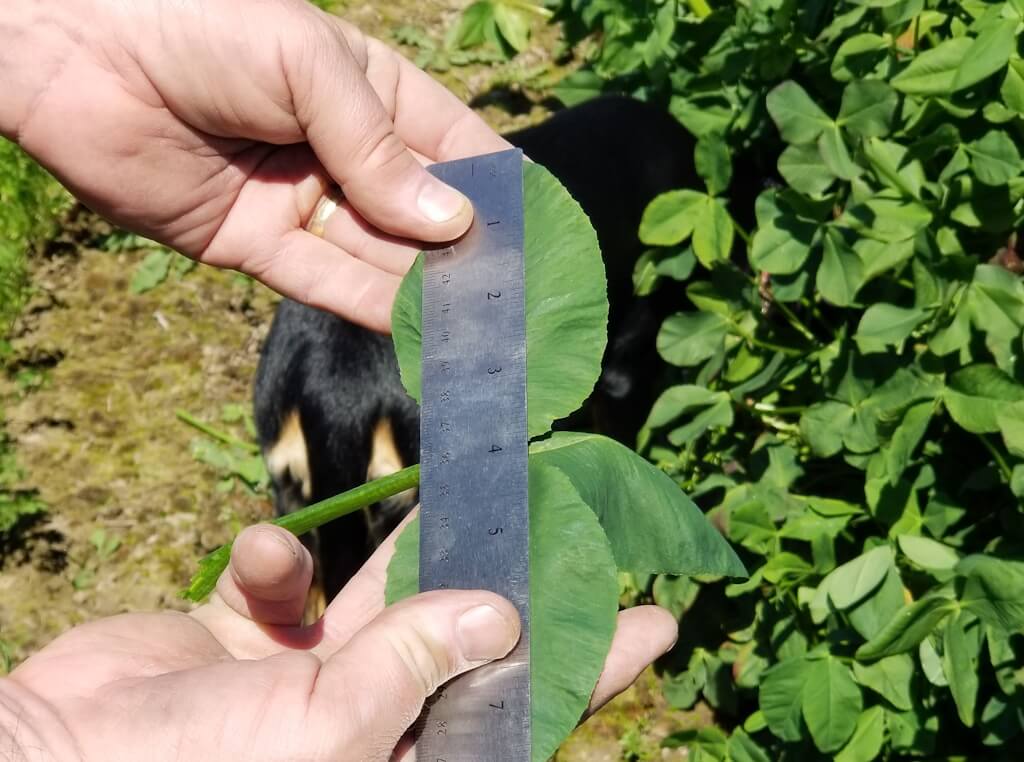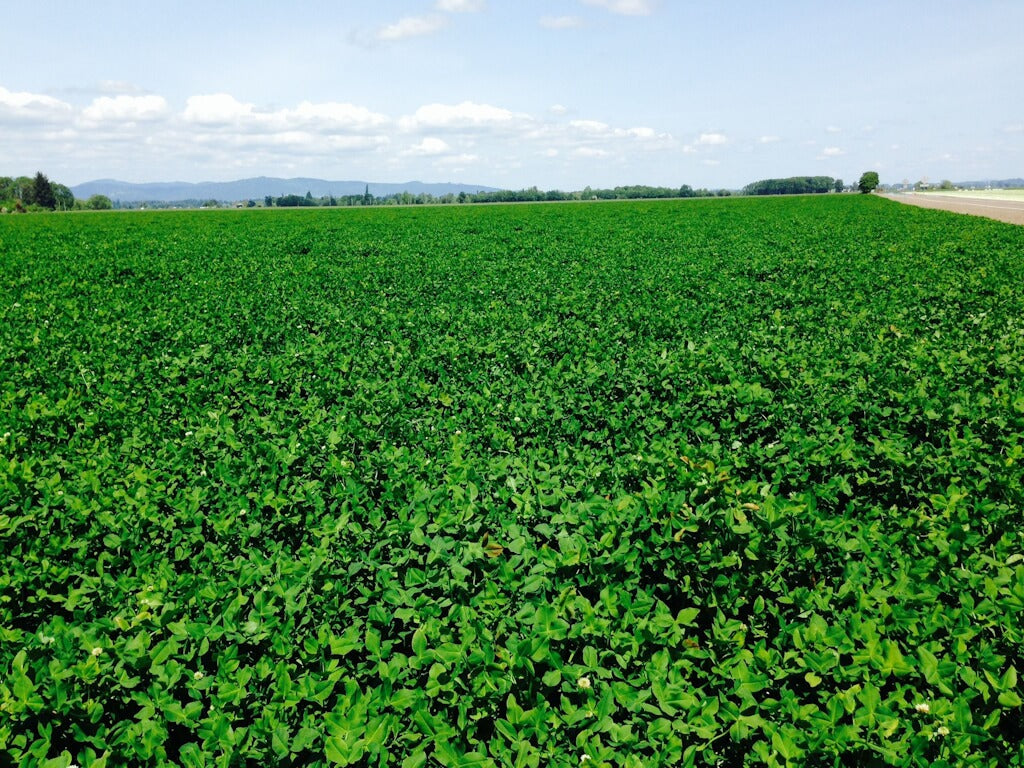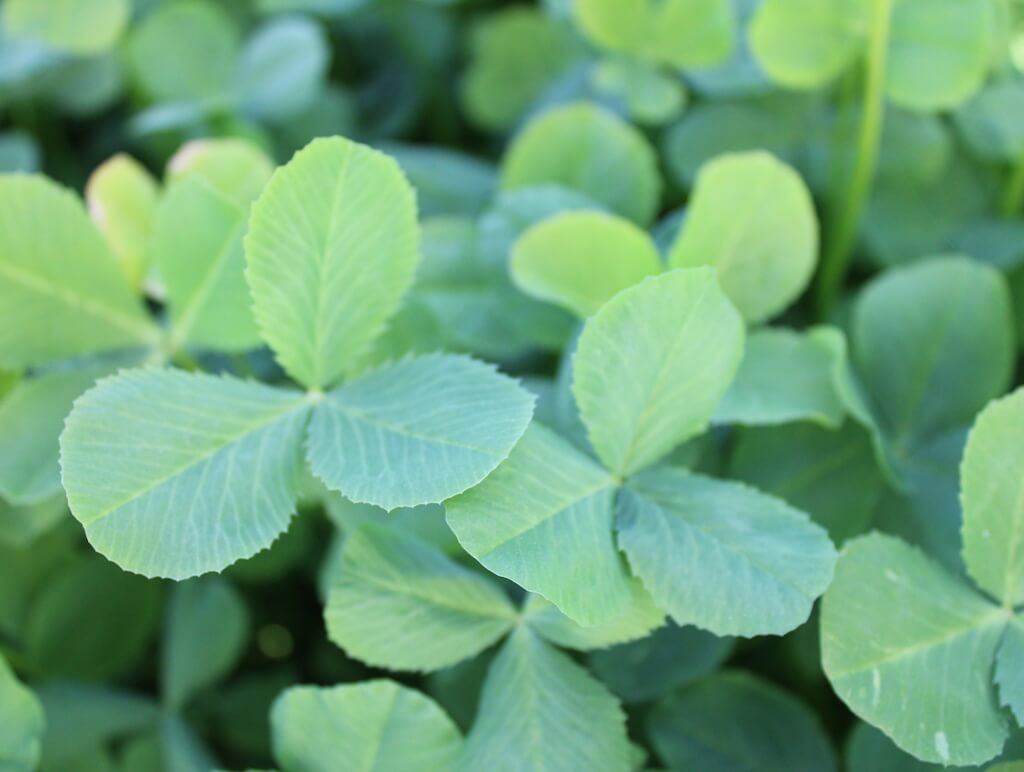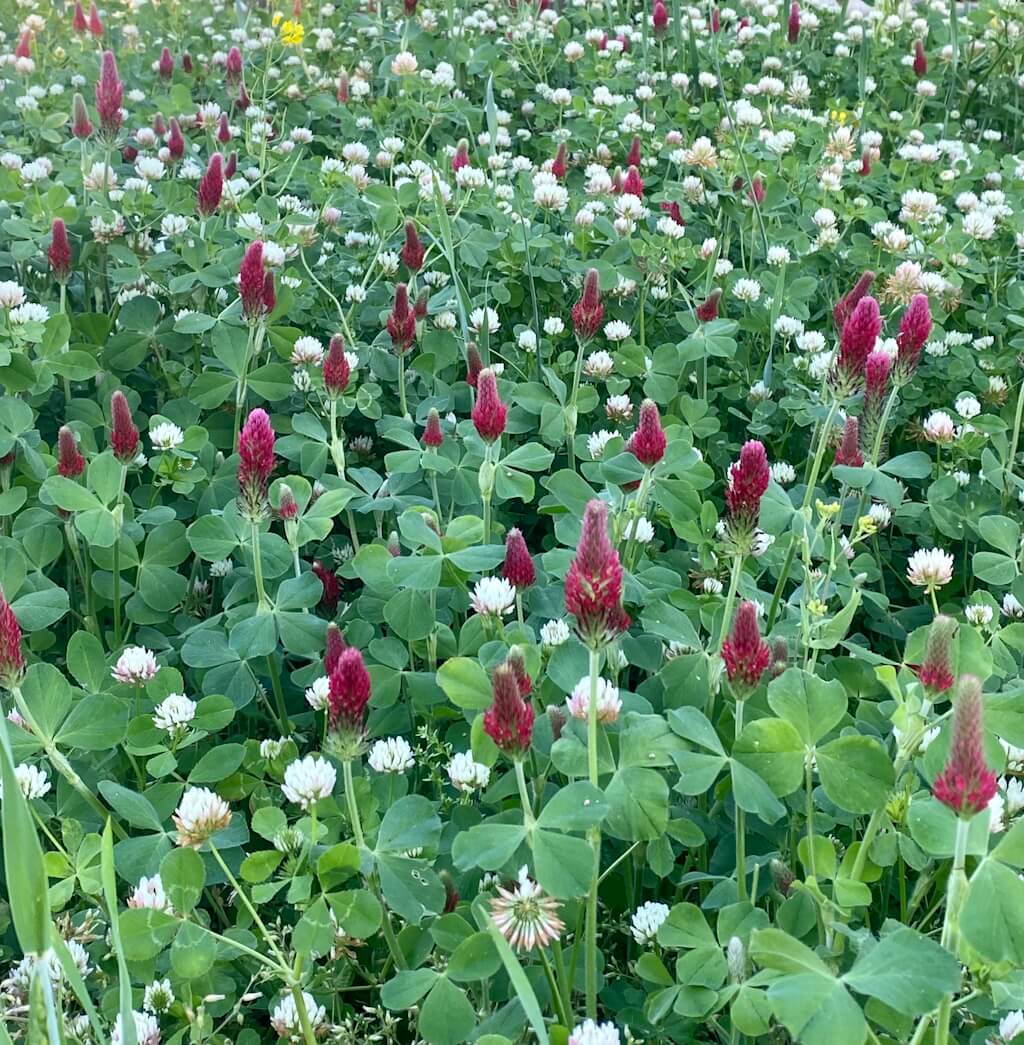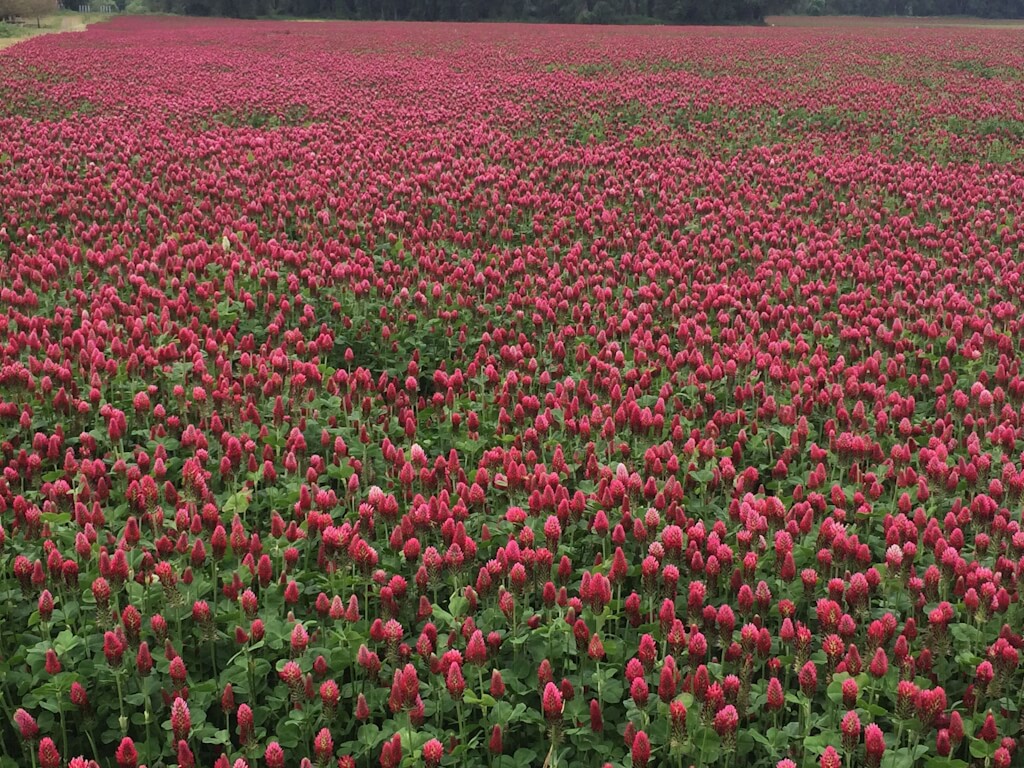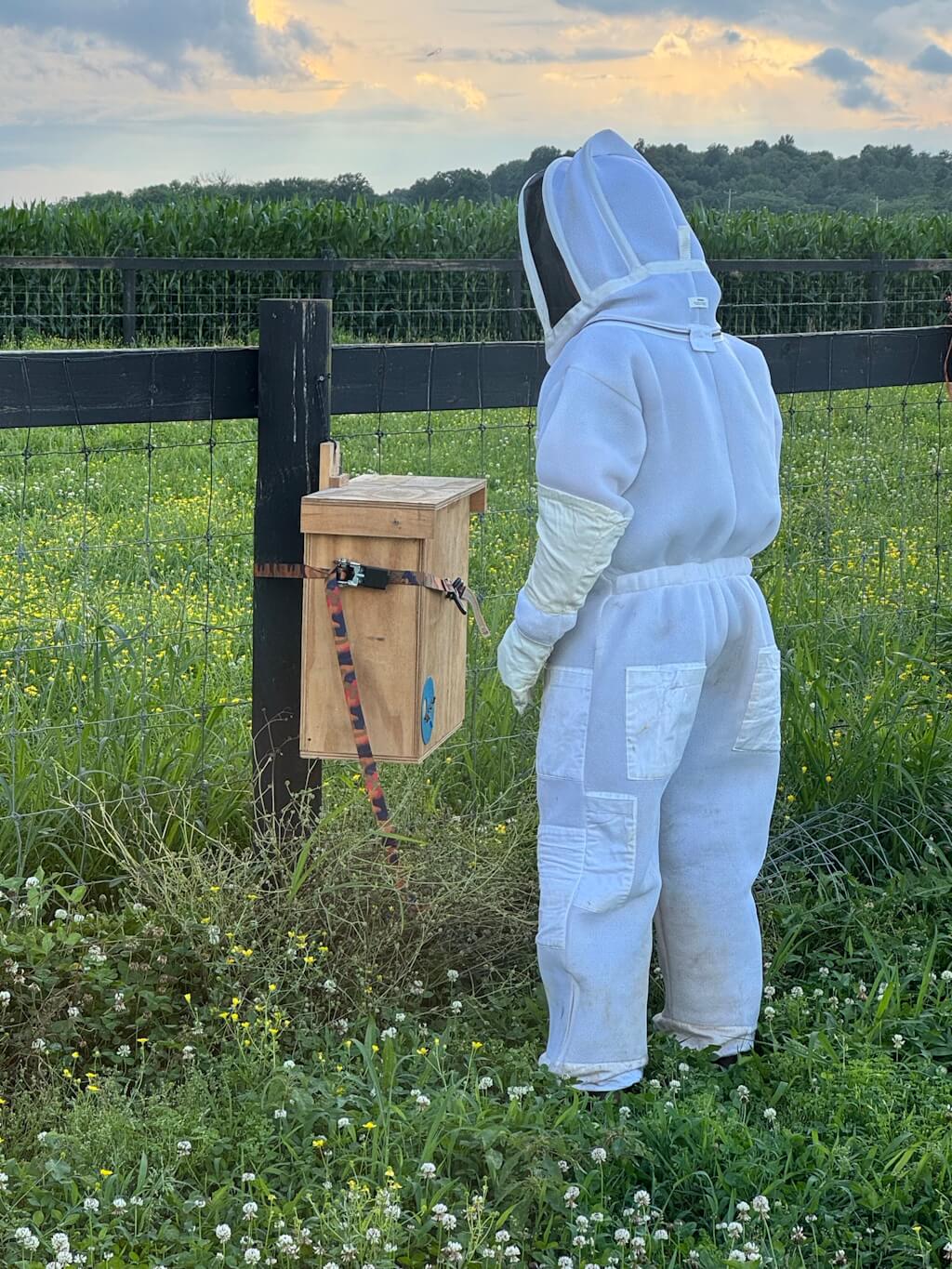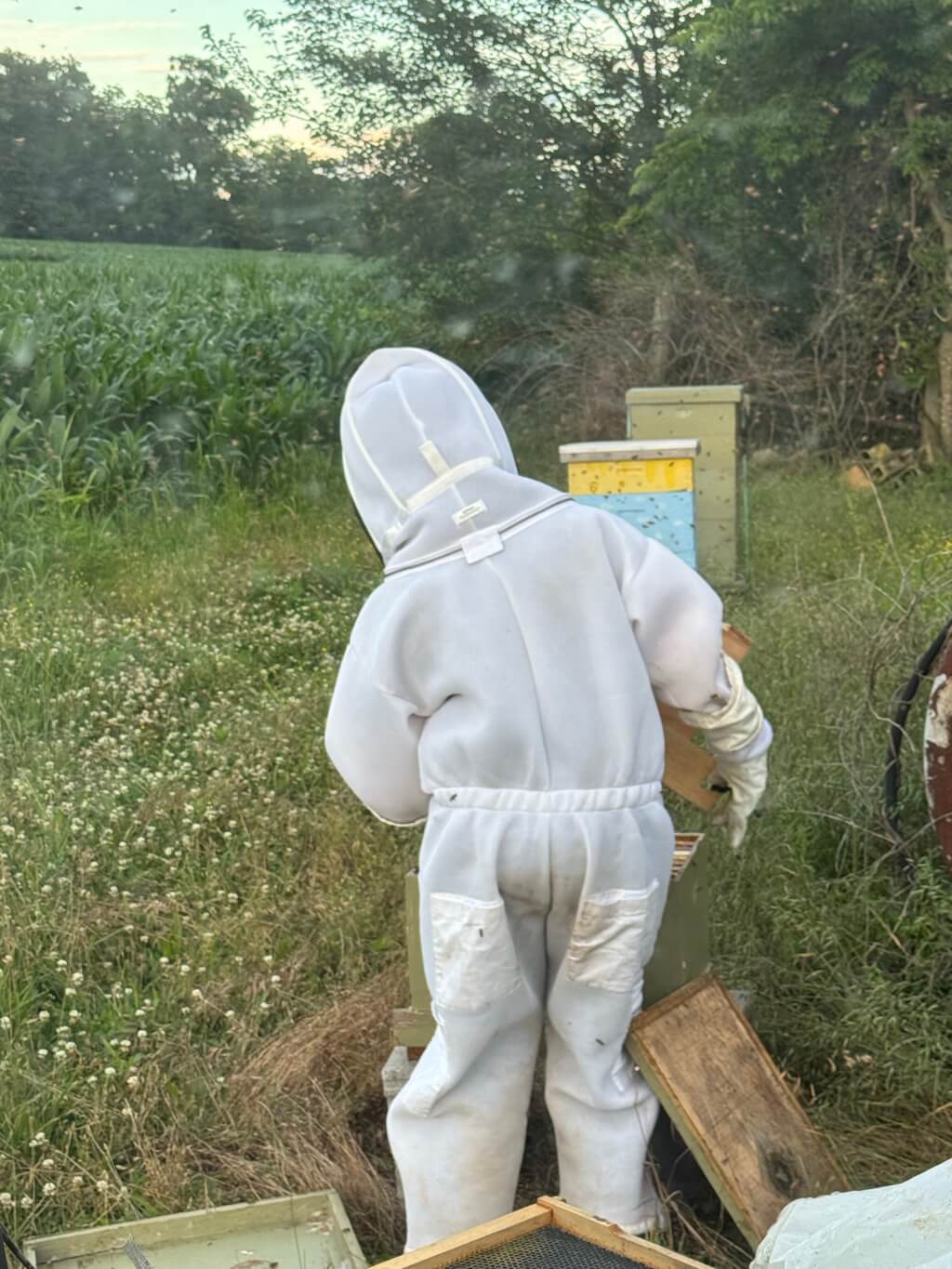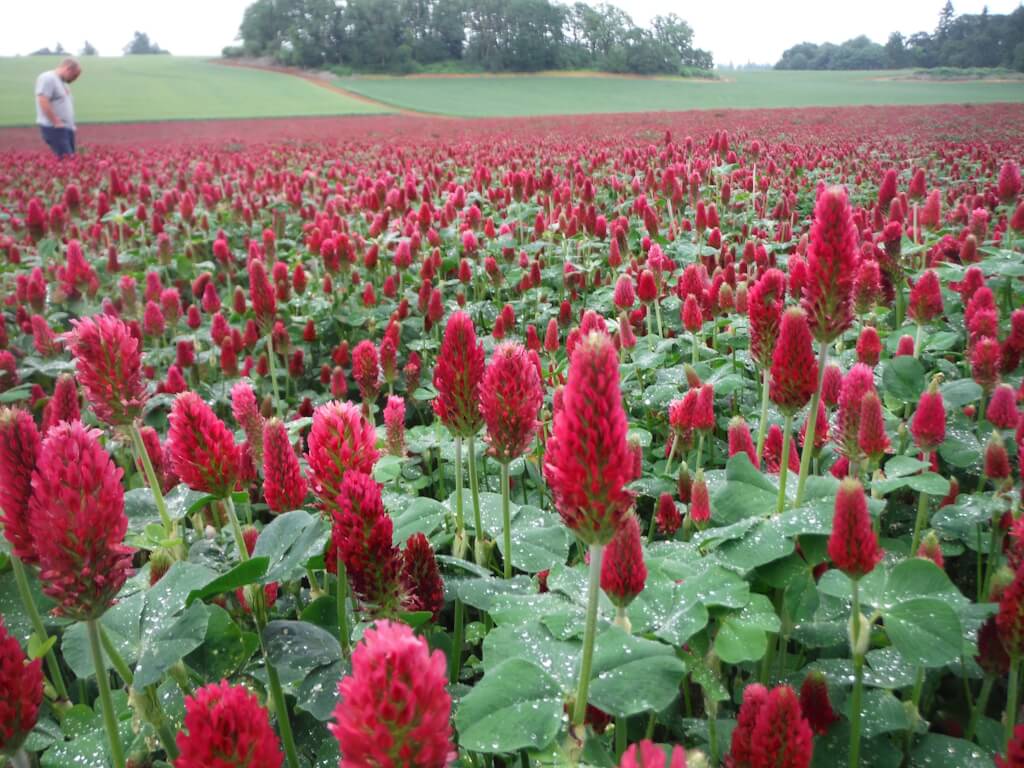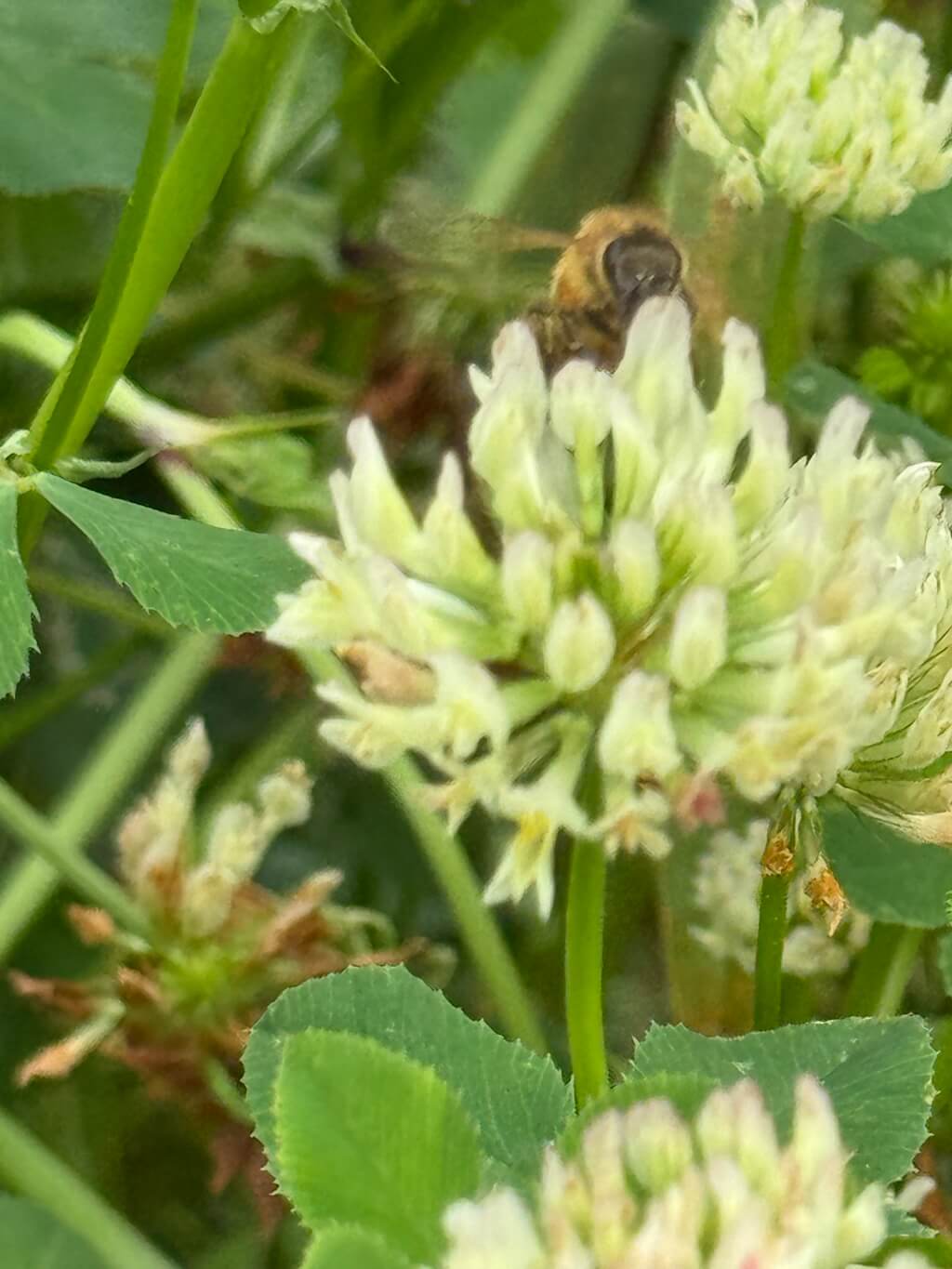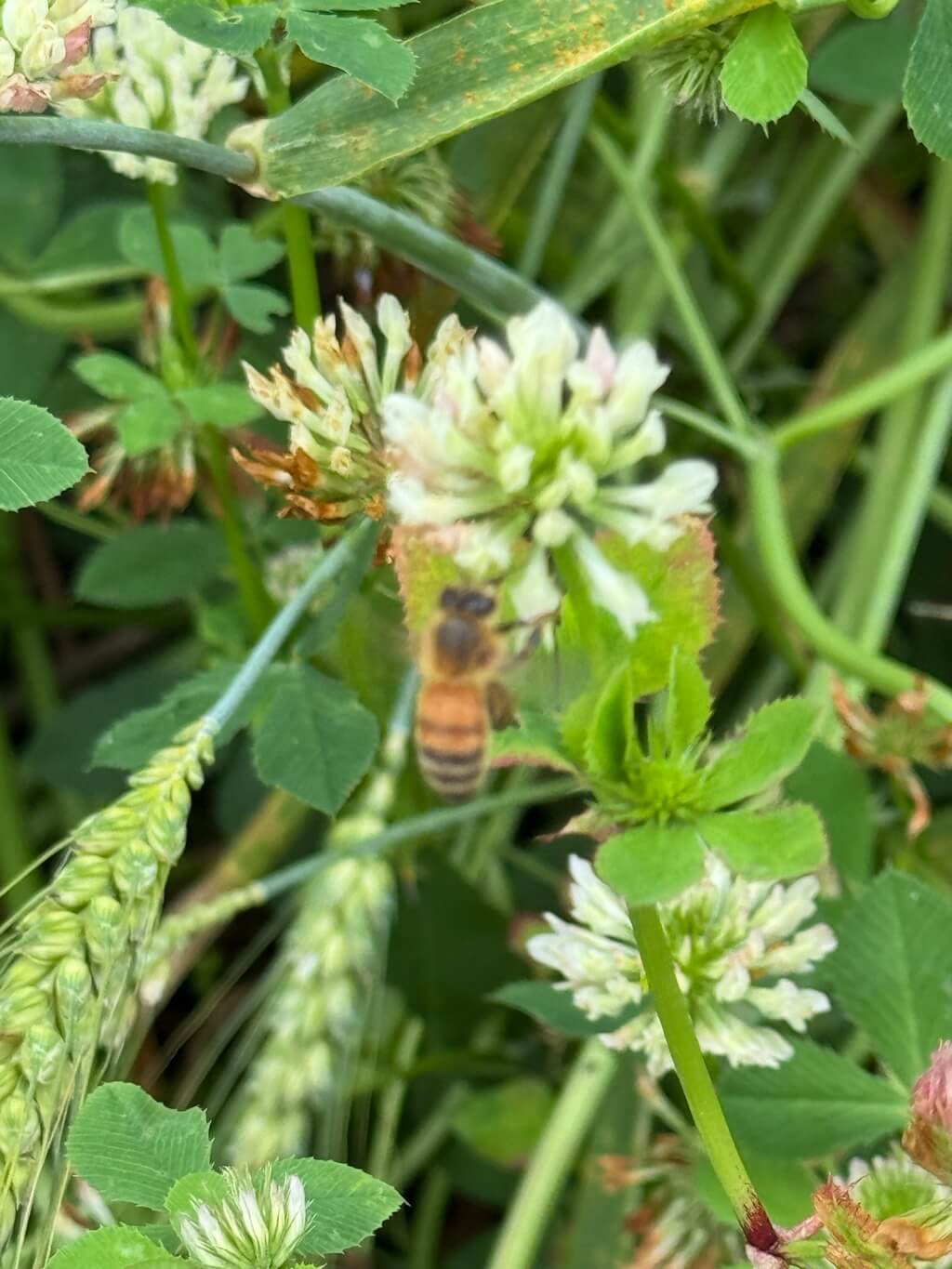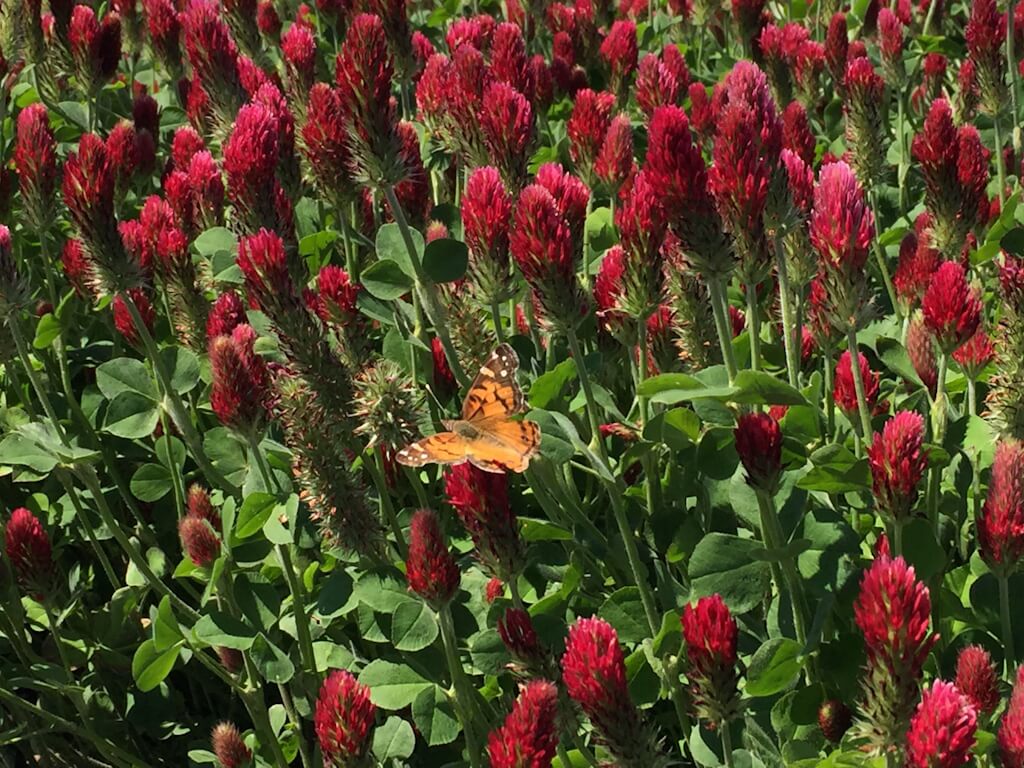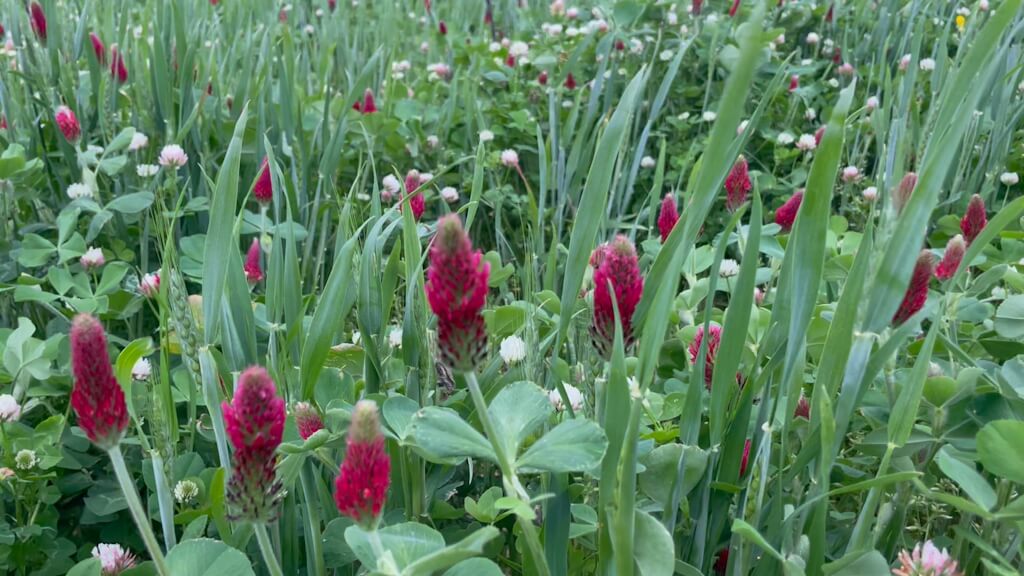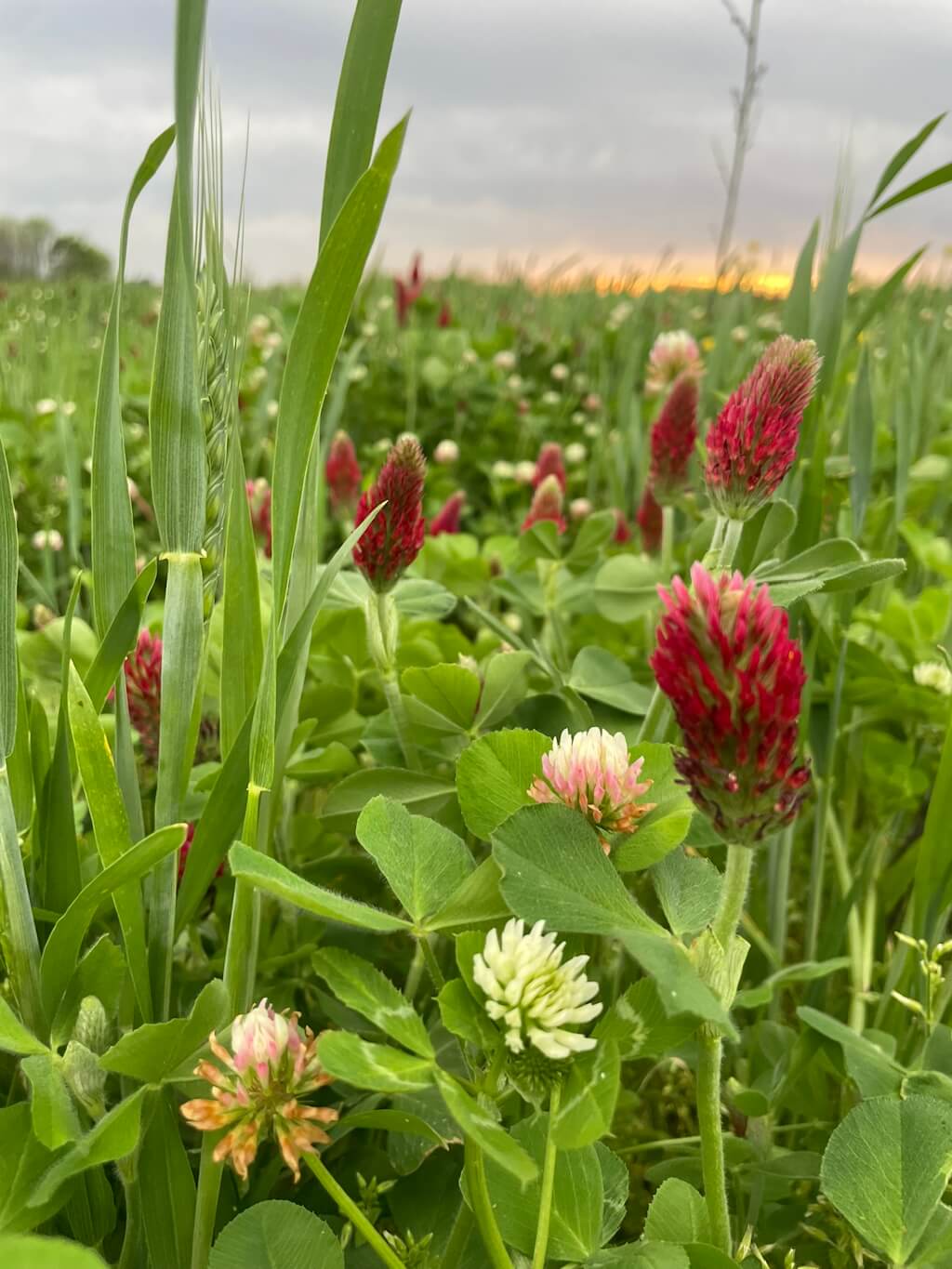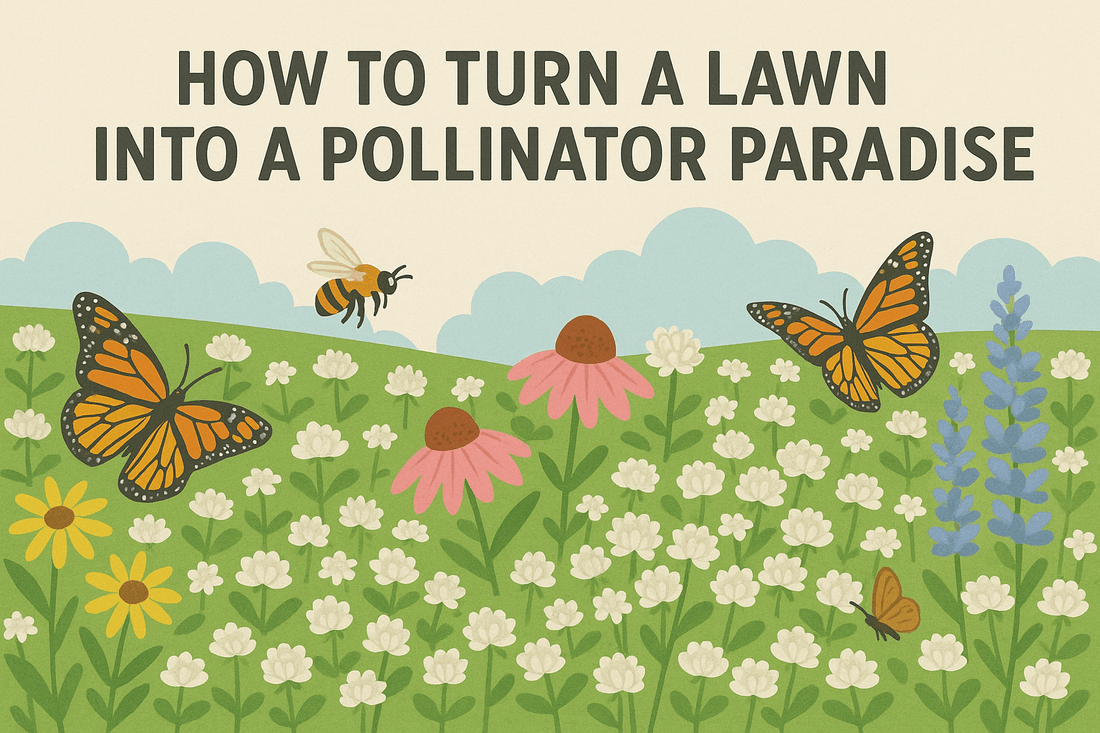
How to Turn Your Lawn into a Pollinator Paradise
Share
The Bee Lawn Guide
By Tiffany Jenkins, Founder, Honey & Hatch
Are you dreaming of a yard that’s beautiful, low-maintenance, and buzzing with life? You’re not alone.
Searches for “native bee lawn seed mix,” “pollinator-friendly lawn,” and “drought-tolerant wildflower garden” are booming – and for good reason. Whether you’re a home gardener, a beekeeper, a conservationist, or just tired of mowing, there’s a better way to landscape – and it starts with what’s under your feet.
Welcome to the pollinator lawn – also called a bee lawn – a vibrant alternative to traditional turfgrass. These living, blooming spaces do more than look beautiful—they actively support native bees, butterflies, birds, and soil life, all while reducing the need for watering, mowing, and chemicals. Even a small patch of yard, when planted intentionally, can make a massive impact.
Let’s explore how you can grow a pollinator lawn that thrives in your climate—and supports the bees, butterflies, and wildlife that keep our ecosystems running.
What Is a Pollinator Lawn?
A pollinator lawn is a smart, sustainable alternative to traditional turf grass. Instead of being a monoculture of grass that needs constant mowing and offers zero benefit to pollinators, a bee lawn blends lower-growing grasses (like fine fescue) or other low-growing turf with flowering groundcovers land native wildflowers. The result? A functional, walkable yard that doubles as a vital habitat.
Common bee lawn plants include:
- White clover
- Self-heal (Prunella vulgaris)
- Creeping thyme
- Violets
- Dandelions (yes, even dandelions!)
- Native wildflowers suited to your region
These low-growing plants bloom at different times, creating essential nectar and pollen throughout the growing season, while maintaining a walkable, usable lawn.
Why Clover Is a Must-Have
Adding clover—especially white clover—to your lawn is one of the simplest, most impactful changes you can make.
Clover Benefits:
- 🌼 Feeds pollinators early and all season long, offering nectar for bees when little else is available.
- 🌱 Fixes nitrogen, naturally fertilizing the soil by pulling nitrogen from the air into the soil.
- 💧 Stays green during drought, as clover is drought-tolerant and remains green long after grass goes dormant.
- 👣 Soft and barefoot-friendly
- 🚫 Crowds out weeds, once established clover helps suppress other unwanted plants
- 🧴 Reduces need for fertilizer and chemicals
White clover blends seamlessly into grass and holds up to foot traffic – making it the perfect base for any pollinator lawn.
Why Pollinator Lawns Matter
Pollinators are in crisis. Bees, butterflies, and other insects are essential for food production and healthy ecosystems. But habitat loss, pesticide use, and monoculture farming have decimated bee and butterfly populations.
Meanwhile, traditional turfgrass lawns—covering 40+ million acres in the U.S.—offer zero habitat value to pollinators.
Your yard can help reverse that.
Pollinator lawns provide:
- Continuous forage of nectar and pollen for bees and butterflies
- Nesting spots and overwintering habitat
- Less reliance on fertilizers, pesticides and chemical use
- Improved soil health, water retention, and caron sequestration
- Real impact, right outside your door
And it doesn’t take a full yard to make a difference! Even a small backyard strip, parkway, or corner plot planted with clover and native flowers can become a pollinator oasis.\
When to Plant a Pollinator Lawn
The best time to seed or overseed your pollinator lawn depends on your local climate, but most homeowners have success during:
- Early Fall: When summer heat breaks and rain returns, seeds can germinate and establish before winter.
- Early Spring: As soon as the soil warms and frost risk fades, seeds can be sown for a full season of growth.
Planting in the right window ensures root development before summer stress or winter freeze.
How to Start Your Pollinator Lawn (Step-by-Step)
Ready to take the plunge? Here’s how to transform your lawn:
1. Start Small
You don’t have to convert your entire yard. Start with a small area—a front lawn strip, backyard corner, or patchy section of turf. This keeps it manageable and lets you experiment.
2. Choose the Right Seed Mix
Look for seed mixes labeled:
- “Pollinator lawn mix”
- “Native bee lawn seed mix”
- “Drought-tolerant wildflower groundcover”
- “Low-maintenance pollinator lawn”
The ideal mix includes low-growing grasses like fine fescue, clover, self-heal, and other regionally adapted wildflowers.
Avoid tall, aggressive plants unless you’re converting the entire area into a wildflower meadow.
3. Prep the Area
You can either:
- Overseed: Mow low, rake or dethatch, broadcast seed, and lightly rake again.
- Remove Turf: Use a sod cutter, solarize with plastic, or smother with cardboard/mulch to create a blank canvas. Then seed.
Good seed-to-soil contact is key.
4. Water Gently
After seeding, water lightly and frequently until the plants are established. Once mature, your pollinator lawn will need less water than a traditional lawn.
5. Mow Differently
This is key! Bee lawns require a shift in mowing mindset.
- Skip “perfect” lawns”. Try “No Mow May” or “Slow Mow Summer,” delaying mowing to allow early blooms to feed pollinators.
- After that, mow every 2–3 weeks at 3–4” height to allow blooms to remain visible, reduce weed growth without stressing plants.
Best Plants for Pollinator Lawns
Some plants are pollinator superstars—here’s what to include or allow to thrive:
|
Plant |
Pollinator Benefit |
Notes |
|
White Clover |
Continuous nectar for honey bees, bumble bees, native bees |
Fixes nitrogen, thrives with grass |
|
Self-heal (Prunella vulgaris) |
Attracts native solitary bees |
Low-growing and mow-tolerant |
|
Creeping Thyme |
Excellent nectar for bees and butterflies |
Heat- and drought-tolerant |
|
Violets |
Host plant for fritillary butterflies |
Early spring bloom |
|
Dandelions |
Critical early nectar |
Safe when left un-sprayed |
|
Native Wildflowers (asters, goldenrod, milkweed, bee balm) |
Long-season boom with seasonal nectar and pollen for specialists and monarchs |
Best in patches or borders |
Bonus: Native plants also support birds, moths, beetles, and other beneficial insects.
The Ripple Effect: What Happens When You Plant for Pollinators
Switching to a bee lawn can:
- 🦋 Support monarchs with milkweed and nectar plants
- 🐝 Help native bees, many of which are solitary and need bare soil or low vegetation
- 💦 Reduce water use dramatically with resilient groundcover
- 🌾 Improve your soil long-term
- 💰 Save time and money on lawn care by minimizing mowing, fertilizing, and watering
- 🥕 Boost food security by supporting pollinators responsible for 1 in 3 bites of food we eat
And let’s not forget: watching hummingbirds, butterflies, and bees visit your lawn is incredibly rewarding.
Join the Movement
More and more people are saying goodbye to sterile turf and hello to pollinator-friendly lawns. In fact, many cities and counties are even offering rebates for turf replacement.
This growing movement includes:
- No Mow May participants nationwide
- Homegrown National Park, which encourages homeowners to restore native habitat
- Wild Ones chapters promoting native landscaping in neighborhoods
- Pollinator garden mapping projects using community science platforms
You can be part of this shift—starting with your own yard.
Want Help Getting Started?
At Honey and Hatch, we make it simple with premium, regionally adapted seed blends.
🌼 Our Pollinator Lawn Mixes include:
- Fine fescue grass for structure and drought resistance
- White clover for nitrogen fixation and non-stop blooms
- Creeping thyme for added color and nectar
- Optional wildflower add-ins like aster, coneflower, goldenrod, milkweed
You don’t need to be an expert to create a pollinator lawn. You just need to begin.
Start small. Let clover bloom. Skip a mow. Watch the bees and other pollinators return.
By planting a lawn that supports life, you’re doing more than gardening, you’re participating in a regenerative movement that restores balance to your yard and your local ecosystem.
The best time to start was yesterday. The next best time is today.
Ready to get begin? Browse our Pollinator Lawn Seed Mixes now (Beekeeper's Blossom or Cluck and Clover) and take the first step toward a buzzing, blooming, low-maintenance and life-filled lawn.
Let nature in—right where you are.
